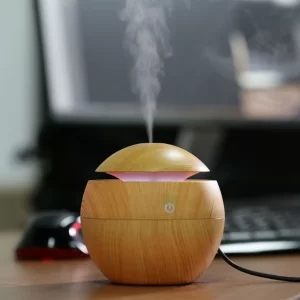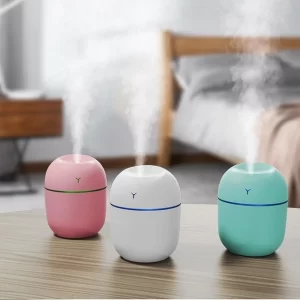Does an air purifier replace a humidifier?
Introduction
Confusion often arises regarding whether an air purifier can replace a humidifier or vice versa. While both devices contribute to improving indoor air quality, they serve distinct purposes and address different concerns. In this guide, we will explore the unique benefits of air purifiers and humidifiers and clarify their respective roles. By understanding their functions, limitations, and how they complement each other, you can make an informed decision about which device, or combination of devices, best suits your needs.
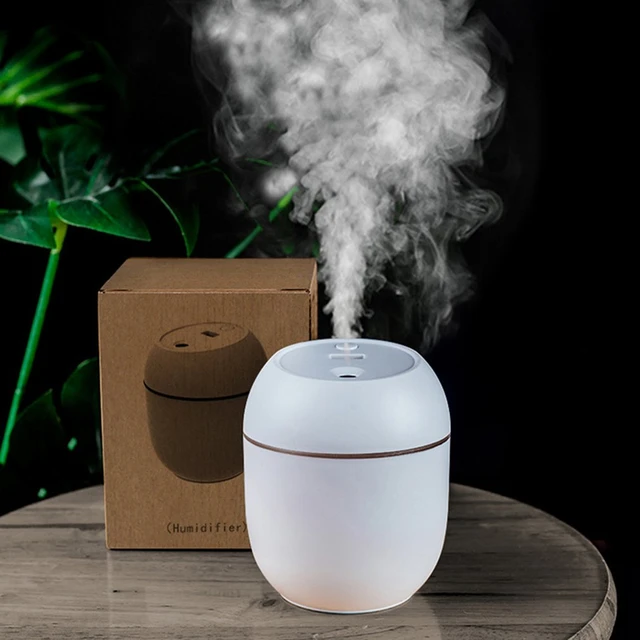
Does an air purifier replace a humidifier?
I. Distinct Functions of Air Purifiers and Humidifiers
-
Air Purifiers:
- Air purifiers are designed to clean and purify the air by removing airborne contaminants, such as dust, allergens, pet dander, mold spores, and volatile organic compounds (VOCs). They achieve this through a combination of filters and other technologies that trap and remove particles from the air.
-
Humidifiers:
- Humidifiers, on the other hand, are designed to increase the moisture content in the air, addressing dryness and low humidity levels. They alleviate discomfort caused by dry air, such as dry skin, irritated nasal passages, and respiratory issues associated with dryness.
II. Addressing Specific Concerns
-
Air Purifiers:
- Air purifiers are particularly effective in removing allergens, pollutants, and other harmful particles from the air. They can provide relief for those with allergies, asthma, and respiratory sensitivities by reducing exposure to triggers and promoting cleaner, healthier air.
-
Humidifiers:
- Humidifiers are primarily used to combat dry air conditions and alleviate symptoms caused by low humidity. They can provide relief for dry skin, dry throat, chapped lips, and nasal congestion related to dryness.
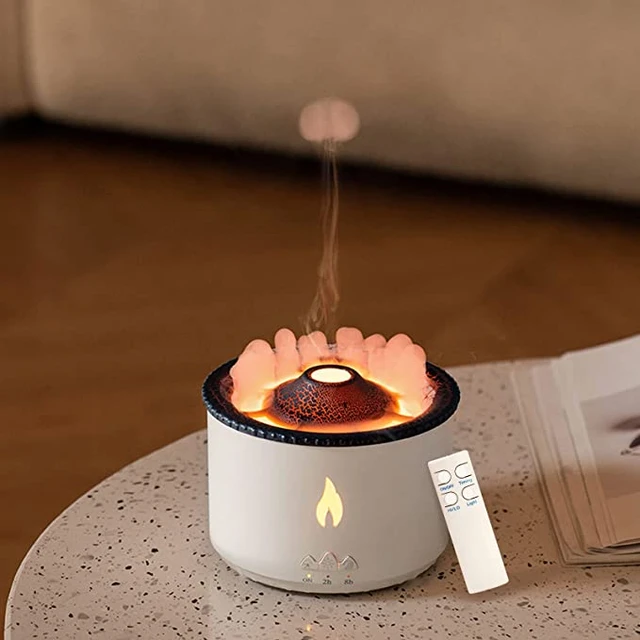
III. The Importance of Balanced Humidity and Clean Air
-
Dry Air and Airborne Contaminants:
- Low humidity levels can exacerbate respiratory issues, as dry air can irritate airways and nasal passages. Additionally, when the air is dry, airborne particles tend to stay suspended longer, increasing the potential for inhalation. This is where a combination of air purifiers and humidifiers can be beneficial.
-
Complementary Functions:
- Air purifiers and humidifiers serve complementary roles in improving indoor air quality. While air purifiers remove airborne pollutants, allergens, and particles, humidifiers address dryness and enhance the moisture content in the air. Together, they create a healthier and more comfortable living environment.
IV. Differentiating Factors
-
Targeted Air Quality Improvement:
- Air purifiers specifically focus on reducing airborne pollutants and allergens, while humidifiers address dry air concerns. Each device targets a different aspect of indoor air quality, making them distinct in their functions.
-
Filter Efficiency:
- Air purifiers utilize filters to trap and remove particles from the air. The efficiency of these filters varies, depending on the model and technology used. Some air purifiers offer specialized filters that can capture even smaller particles, enhancing their effectiveness.
-
Moisture Control:
- Humidifiers are designed to add moisture to the air, but they do not remove pollutants or allergens. While they can help alleviate respiratory issues caused by dryness, they do not directly address particles or allergens in the same way that air purifiers do.
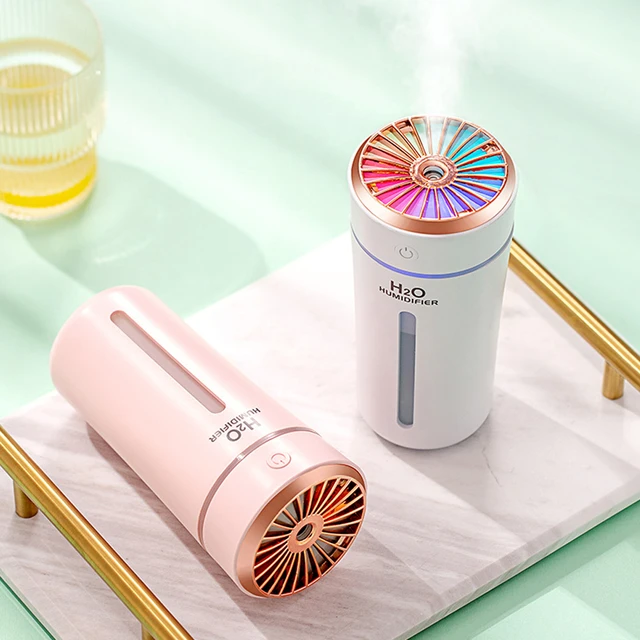
V. Deciding Factors: Choosing the Appropriate Device(s)
-
Assessing Individual Needs:
- Assess your specific indoor air quality concerns, considering factors such as allergies, asthma, respiratory conditions, and discomfort caused by dryness. Determine which issue is more significant and prioritize accordingly.
-
Addressing Health Issues:
- If you or your household members have allergies, asthma, or specific respiratory sensitivities triggered by airborne pollutants, an air purifier may be the more beneficial device to invest in. It can target and remove allergens and other particles, reducing exposure and minimizing respiratory symptoms.
-
Evaluating Dryness and Comfort:
- If dry air and its associated symptoms are a primary concern, a humidifier is the appropriate choice. It can help maintain proper humidity levels, reducing dry skin, nasal and throat irritation, and other discomfort caused by dryness.
-
Combined Approach:
- In some cases, a combination of both an air purifier and a humidifier can provide comprehensive indoor air quality control. This is particularly useful in regions with varying seasons or climates, or for individuals with multiple concerns related to both dry air and airborne contaminants.
VI. Proper Maintenance and Usage
-
Regular Cleaning:
- Air purifiers require regular maintenance, including cleaning or replacing filters, as outlined in the manufacturer’s instructions. This ensures optimal performance and prolongs the lifespan of the device.
-
Proper Humidifier Use:
- Humidifiers must be used properly to mitigate the risk of bacterial or mold growth. Regular cleaning and the use of distilled or filtered water reduce the chances of spreading contaminants into the air.
VIII. Additional Considerations
-
Room Size:
- Consider the size of the room or area where the device will be used. Air purifiers are typically designed to accommodate specific room sizes, so it’s important to choose a model that suits the square footage of your space. Humidifiers, on the other hand, may have different output capacities, so selecting a model appropriate for the room size is important to achieve the desired humidity levels.
-
Noise Levels:
- Both air purifiers and humidifiers generate some level of noise during operation. If noise sensitivity is a concern, look for models that advertise low noise levels or whisper-quiet operation. Reading customer reviews and checking noise specifications provided by manufacturers can help guide your decision.
-
Maintenance Requirements:
- Consider the ongoing maintenance requirements of each device. Air purifiers generally require filter replacements at regular intervals. Check the replacement filter costs and frequency to ensure it aligns with your budget and commitment to regular maintenance. Humidifiers require regular cleaning to prevent the growth of bacteria and mold. Some models even offer self-cleaning or antimicrobial features to minimize maintenance efforts.
-
Energy Efficiency:
- Energy efficiency is an important consideration for long-term use. Look for energy-efficient models that bear energy-saving certifications or indicators. Such devices can help reduce electricity consumption and ensure environmental sustainability.
-
Personal Preferences and Climate:
- Personal preferences play a role in deciding between an air purifier and a humidifier. Consider your geographical location and the prevailing climate. If you live in an arid climate or experience prolonged dry seasons, a humidifier may be more beneficial. If you prioritize clean, allergen-free air, an air purifier is the better choice.
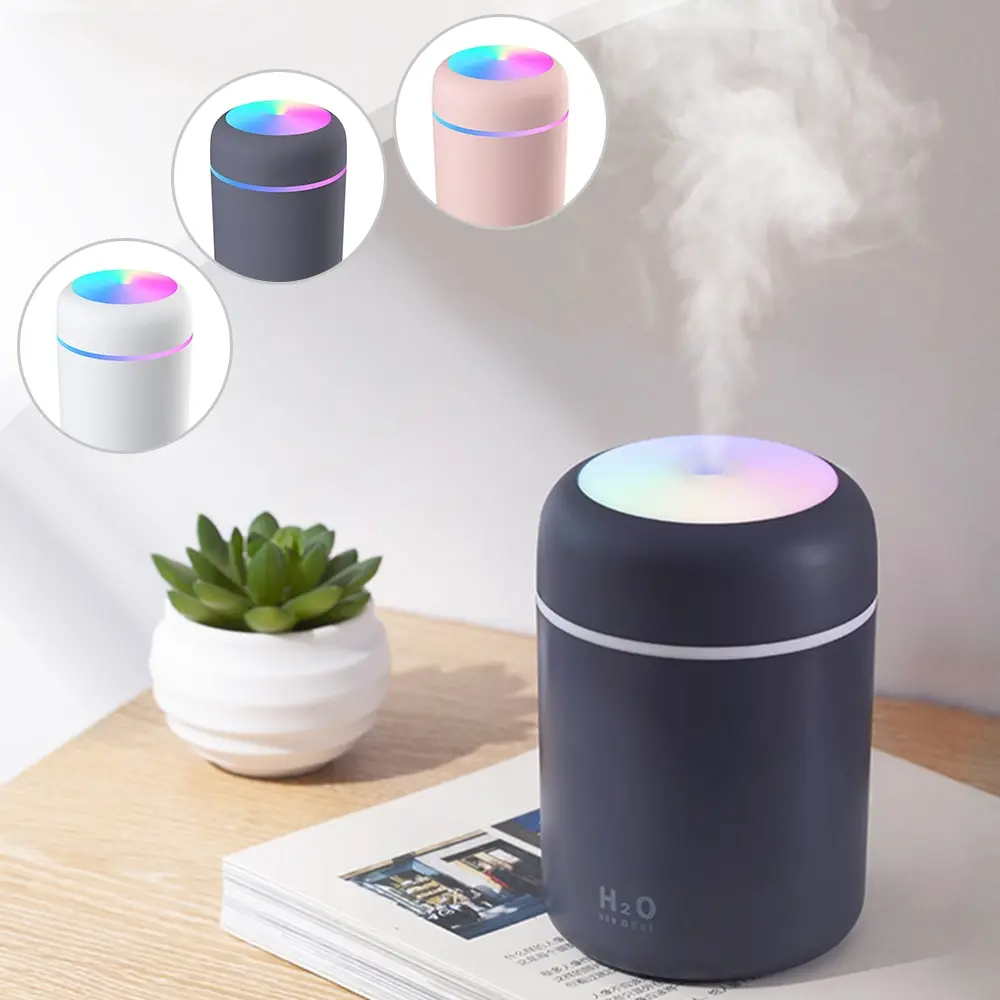
IX. Combined Approach for Optimal Indoor Air Quality
-
Simultaneous Use:
- For those who desire comprehensive indoor air quality control, using both an air purifier and a humidifier simultaneously can be advantageous. By integrating both devices into your living environment, you can create an optimal balance of clean and properly humidified air.
-
Placement and Complementary Use:
- Strategically placing the air purifier and humidifier in the room can maximize their benefits. For example, positioning the air purifier near sources of pollution or allergens can help capture and filter those particles, while placing the humidifier in a central location can distribute moisture evenly throughout the space.
-
Timing and Programming:
- Consider programming the devices to operate at different times or in different modes based on your specific needs. For example, running the air purifier during the daytime or when allergens are more prevalent, and using the humidifier during sleep or when dryness discomfort is more noticeable.
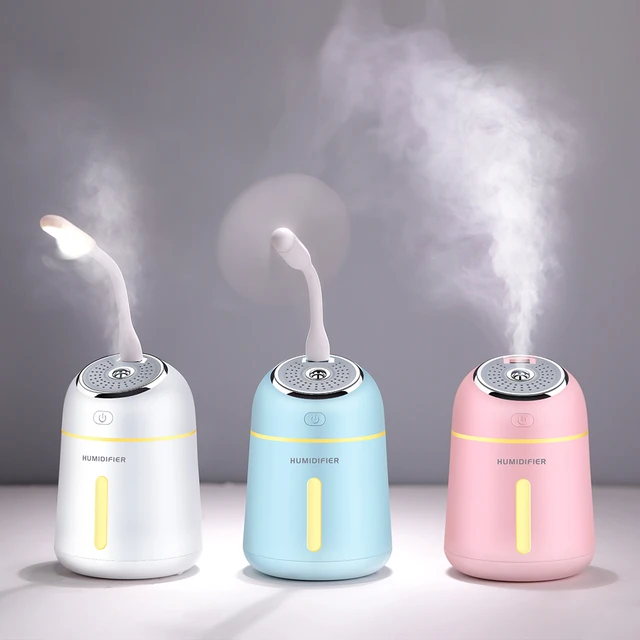
VII. Conclusion
While air purifiers and humidifiers have distinct functions, they are not interchangeable. Air purifiers excel at removing airborne allergens, pollutants, and particles, whereas humidifiers alleviate dryness and combat symptoms associated with low humidity levels. To achieve comprehensive indoor air quality improvement, the combined use of an air purifier and a humidifier is a recommended approach. By assessing your specific needs, considering allergy triggers, respiratory health concerns, and dryness discomfort, you can make an informed decision about which device or combination of devices is best suited to create a healthier and more comfortable living environment in your home.
